In today’s digital age, the point-of-sale (POS) system is important for all businesses, big or small. The software has improved a lot, but it’s the hardware in a pos system that has really changed things. This article looks at the history of POS hardware, and how new technology has made transactions and customer experiences better. Join us as we unravel the past, present, and future of hardware in this ever-evolving realm of commerce.
Overview of POS systems and their importance
POS (Point of Sale) systems have become an integral part of business operations, revolutionizing the way transactions are conducted. Businesses use systems with hardware and software to process payments, track inventory, and generate sales reports. The software is important for smooth functioning, but the hardware is also significant.
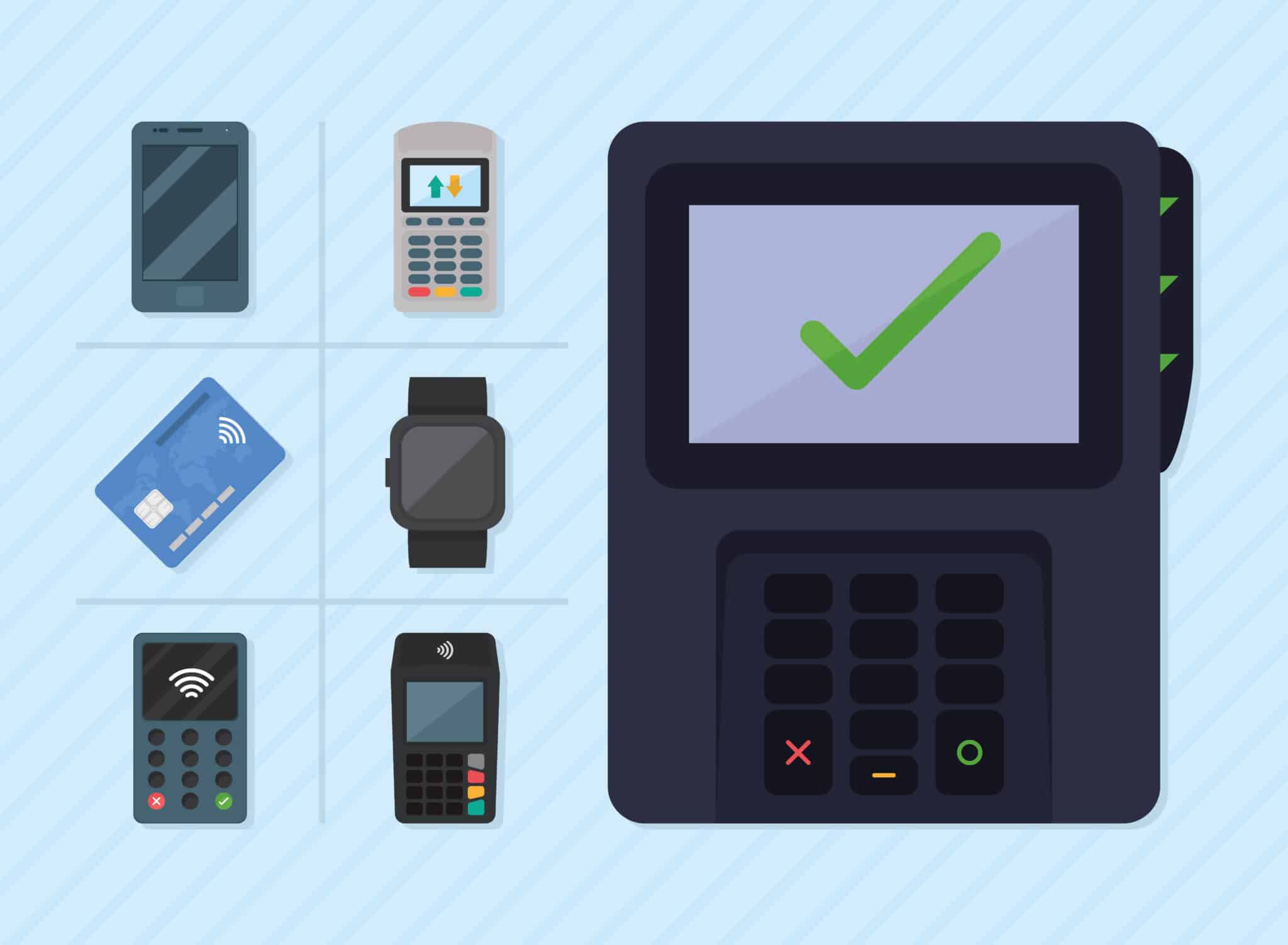
The hardware components of a POS system include cash registers, barcode scanners, receipt printers, and touch screen displays. Each element serves a specific purpose in streamlining the checkout process and enhancing overall efficiency. Barcode scanners help prevent mistakes when entering data by quickly scanning product codes for accurate pricing. Touch screen displays make it easy for employees to navigate through features with a user-friendly interface.
In addition to facilitating day-to-day operations, hardware POS systems offer several other benefits. Firstly, they improve transaction speed and accuracy as compared to traditional cash registers. With advanced technology such as integrated card readers and digital signature pads, customers can complete payments swiftly without any hassle or delay. Moreover, these modern systems provide real-time data on inventory levels which ensures timely reordering and prevents stockouts or overstocks. Lastly, they enable businesses to analyze customer behavior through loyalty programs and collect valuable information that can be utilized for targeted marketing campaigns.
In conclusion, POS systems have come a long way from basic cash registers with their clunky buttons and limited functionalities. Today’s generation is witnessing sophisticated hardware pos systems that contribute significantly towards streamlining business operations.
Early Hardware:
Early hardware for POS systems played a crucial role in revolutionizing the way businesses conducted transactions. In the early days, cash registers were bulky, heavy machines that required manual operation and paper records to keep track of sales. However, advancements in technology slowly gave birth to smaller, more efficient hardware designs.
One notable breakthrough was the introduction of electronic cash registers in the 1970s. These machines used microprocessors instead of mechanical switches and levers, allowing for faster calculations and more accurate records. With added features like price look-up codes (PLUs) and barcode scanners, businesses could streamline their operations and provide better customer service.
Another important development was the integration of point-of-sale terminals with computers in the 1980s. This merge allowed for more complex data analysis and inventory management capabilities that were previously unimaginable with standalone registers. Furthermore, this integration formed the foundation for future innovations in software applications specifically designed for POS systems.
Overall, early hardware iterations laid the groundwork for modern POS systems by improving efficiency and expanding functionality. These advancements not only simplified business processes but also paved the way for further technological developments that continue to shape point-of-sale experiences today.
Power Up Your Business with Secure, Affordable,
and Efficient Payment Solutions
Overview of the first hardware used in POS systems
In the early days of point-of-sale (POS) systems, businesses relied on simple and clunky hardware to manage their transactions. The cash register was one of the first hardware components used. It was a mechanical device that stored and recorded cash transactions. It had big buttons and drawers for holding money. Businesses used it to track sales.
As technology advanced, so did the hardware used in POS systems. The introduction of barcode scanners revolutionized how products were sold. Retailers can now scan barcodes to quickly get product information and prices instead of manually entering each item into a system. This innovation not only drastically reduced checkout times but also increased accuracy as it virtually eliminated human error.
Another key advancement in POS hardware was the introduction of credit card terminals. This technology allows businesses to accept card payments at the cash register, eliminating the need for handling paper receipts or using carbon copy machines. Credit card terminals securely transmitted payment information using either wired connections or wireless networks like Bluetooth and Wi-Fi.
These early pieces of POS hardware laid the foundation for what would become more sophisticated systems today. Although they may appear old-fashioned compared to modern touch-screen interfaces and virtual wallets, they were important in simplifying transaction processes and preparing businesses for future advancements in retail management systems.
Advancements in Hardware:
Advancements in hardware have played a crucial role in transforming point of sale (POS) systems. Old cash registers and equipment have been replaced by modern POS systems, which are sleek and intelligent. One major improvement is the introduction of mobile POS devices. These small handheld gadgets have changed how businesses interact with customers by enabling transactions to happen anywhere in a store or even outside.
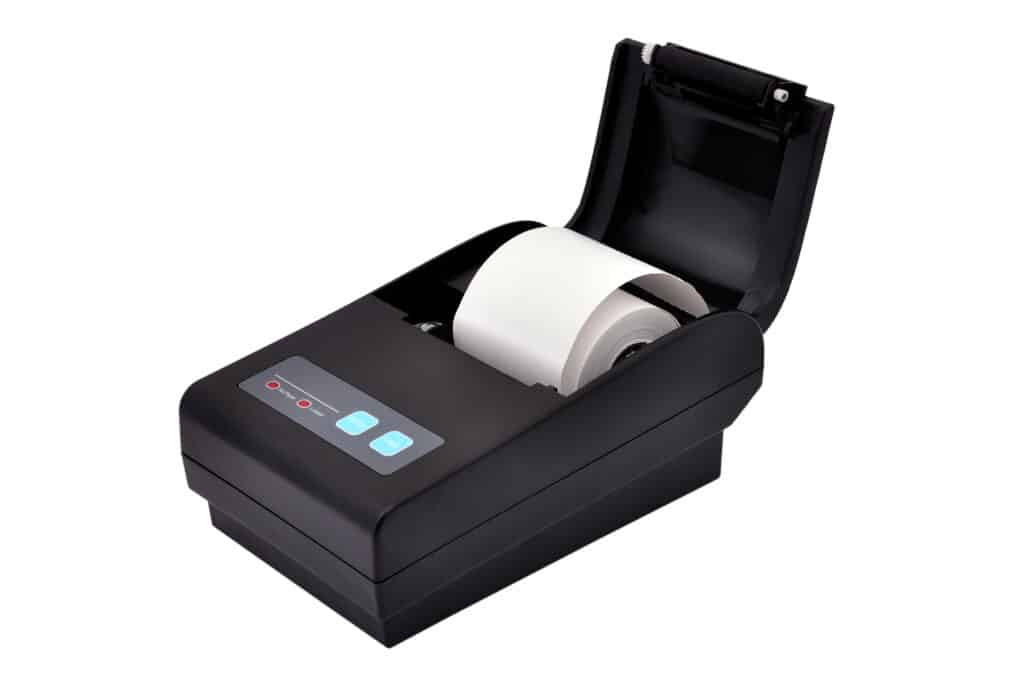
Furthermore, the advent of cloud computing has significantly impacted the capabilities of modern POS hardware. Cloud-based POS systems are better than traditional setups because they store and process data on remote servers accessed through the internet. They have many benefits, including seamless integration across multiple locations and improved security with redundant data backups.
Hardware advancements have led to new features like biometric authentication for better security. Fingerprint or facial recognition is becoming more common, allowing businesses to limit access to sensitive information at their POS terminals. This not only protects against identity theft and fraud but also makes it easier for employees who don’t have to remember passwords or carry ID cards.
Discussion on how hardware has evolved over time
Over the past few decades, there has been a significant evolution in hardware for point-of-sale (POS) systems. What once started as bulky cash registers and manual credit card imprinters has now transformed into sleek and powerful devices that can process payments in an instant. One of the most noticeable changes is the shift from traditional mechanical buttons to touchscreens. This transition not only enhances the user experience but also opens up opportunities for more innovative features and customization options.
Another noteworthy advancement is the integration of wireless technology. With Wi-Fi and Bluetooth connectivity becoming more commonplace, businesses now have the freedom to set up their POS systems anywhere within reach of a network connection. This eliminates the need for cumbersome cables and allows for greater flexibility in store layouts. Furthermore, wireless capabilities enable real-time data syncing, providing business owners with instant access to sales reports, inventory levels, and customer information from any device with internet access.
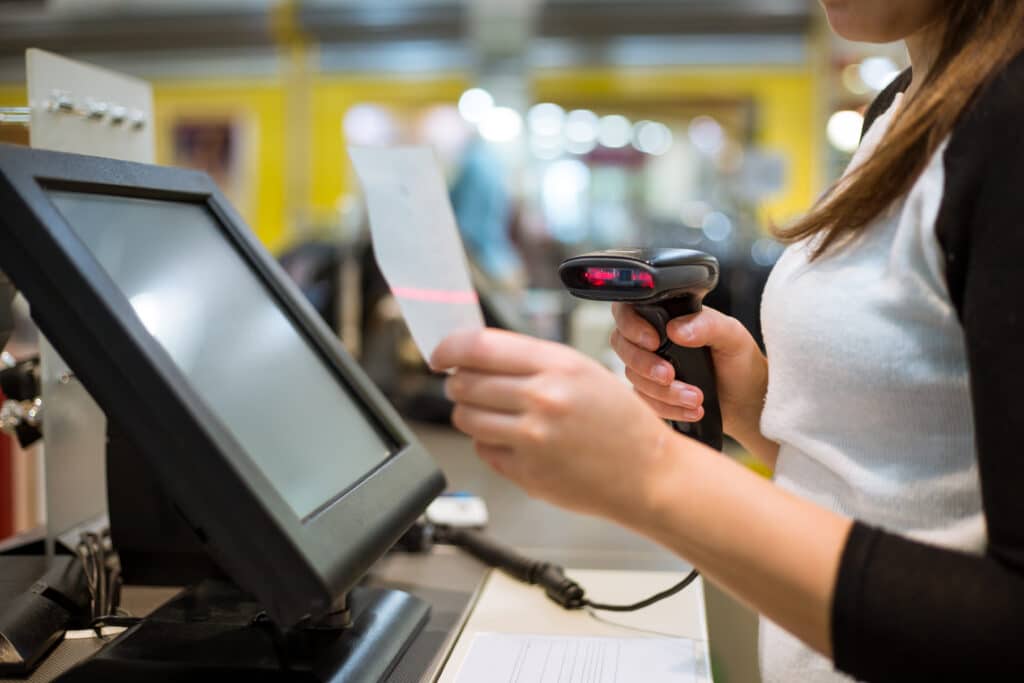
Hardware improvements have made POS systems more durable and reliable. Power outages no longer cause long periods of downtime because modern hardware has backup batteries and automatic data saving features. The devices are also built with strong materials to protect against spills and drops, making them suitable for different environments like restaurants and outdoor events.
Current Hardware Trends:
One of the current hardware trends in POS systems is the shift towards mobile and tablet-based solutions. With more businesses adopting mobile POS devices, traditional cash registers are becoming a thing of the past. Tablets make it easy for sales staff to move around and take payments from customers. This improves the customer experience by reducing wait times and helps with inventory management by syncing sales data with cloud-based platforms.
Another hardware trend worth noting is the integration of biometric authentication technology into POS systems. Biometrics, like fingerprint or face recognition, make transactions more secure by only allowing authorized people to access important payment information. This is becoming more popular because people are worried about fraud and data breaches. Businesses can use biometric authentication to protect themselves from security threats and make it easier for customers to check out.
In summary, the current hardware trends in POS systems revolve around mobility and enhanced security features. As businesses continue to embrace technological advancements, we can expect to see further innovations in this field. From mobile devices replacing traditional cash registers to advanced biometric authentication methods, these trends are reshaping how we conduct transactions and revolutionizing the way businesses operate.
Explanation of the latest hardware trends in POS systems
One of the latest hardware trends in POS systems is the shift towards mobile devices. Many businesses are choosing mobile POS systems because they are flexible and convenient. Sales staff can use mobile devices to help customers anywhere in the store. This is especially helpful for businesses with limited counter space or those that need to move around, like food trucks or pop-up shops.
Another notable trend in hardware for POS systems is the integration of biometric technology. Biometrics, like fingerprint or face recognition, add security to protect customer data and prevent fraud. Biometric authentication allows only authorized personnel to access the system and complete transactions, replacing traditional methods like PINs or signatures.This advancement not only enhances security but also streamlines operations by reducing time spent on manual verification processes.
In conclusion, as technology continues to evolve, so do the hardware trends in POS systems. The adoption of mobile devices offers businesses greater flexibility and mobility while integrating biometric authentication provides enhanced security measures. Business owners should stay updated on the latest trends to make sure their POS systems have the best hardware for improving customer experience and operational efficiency.
Future Possibilities:
Technology is advancing quickly, which means that hardware in POS systems could change a lot. One idea for the future is adding biometric authentication to POS devices. This would make things more secure and convenient for customers, since they could use their fingerprint or face to make purchases instead of cards or passwords.
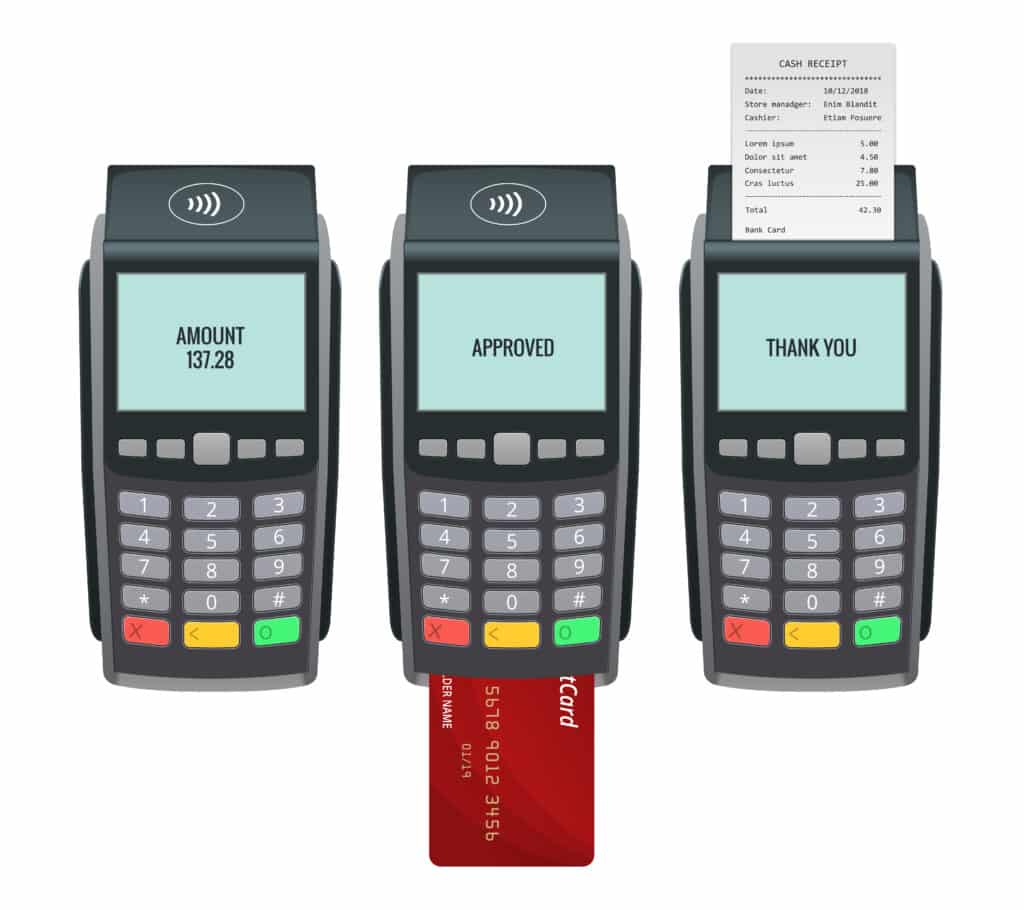
Another fascinating possibility on the horizon is the incorporation of augmented reality (AR) into POS hardware.Imagine going into a store and using AR glasses or headsets to see digital displays on real shelves. This could change how we shop by letting us interact with products virtually before deciding to buy them.
Additionally, there is immense potential for wearable technology to play a role in future POS systems. Smartwatches are getting more popular and advanced. It’s easy to imagine a future where people can pay by tapping their watches on payment terminals. This would greatly simplify and expedite the checkout process, enhancing overall customer experience.
The world of Point-of-Sale hardware holds endless possibilities for innovation and improvement. In the future, POS systems may have biometric authentication, augmented reality integration, and wearable technology. These advancements could change how businesses work and how customers shop. It’s an exciting time to explore these possibilities.
Exploration of potential future advancements in hardware
As technology continues to evolve at a rapid pace, the potential for future advancements in hardware for POS systems is truly exciting. One area that holds great promise is biometric authentication. While fingerprint and facial recognition technologies are already being used in some POS systems, there are opportunities to further develop and refine these methods of identification. For example, voice recognition could be integrated, offering a more seamless and personalized user experience.
Another area of exploration is the use of augmented reality (AR) in hardware design. Imagine a cashier using smart glasses equipped with AR capabilities to interact with customers’ transactions in real-time. This futuristic vision not only enhances efficiency but also allows for personalized recommendations based on customer preferences or previous purchases. The integration of AR technology could revolutionize the way retailers engage with their customers while streamlining the checkout process.
Furthermore, advancements can be made in terms of portability and mobility. Currently, mobile POS systems are commonplace in many industries, such as food trucks or pop-up stores. However, future developments may see even smaller devices that can be worn as accessories or embedded directly into clothing items. These wearable solutions would bring convenience and flexibility to retailers who need to process transactions on the go.
The potential future advancements in hardware for POS systems present tremendous opportunities for both businesses and consumers alike. New ways to confirm identity and the use of AR technology will improve customer experiences and make retailers more efficient.
Impact on Businesses:
The evolution of hardware for point-of-sale (POS) systems has had a profound impact on businesses across various industries. Firstly, the introduction of mobile POS systems has revolutionized the way small businesses operate. Retailers no longer need to be at their cash registers. They can now accept payments anywhere in their store or even while they are on the move.
In addition to increased flexibility, the advancements in hardware have also enhanced security in payment transactions. EMV chip card readers are now common and encryption technology is getting better. This makes businesses feel more secure about protecting their customers’ data. It also helps build trust with customers, who are more likely to choose businesses with secure payment methods.
Furthermore, the adoption of innovative POS hardware has led to improved efficiency and productivity for many businesses. With features like barcode scanners, touch screens, and inventory management systems integrated into the hardware, tasks that used to be time-consuming and error-prone are now streamlined and accurate. This allows employees to focus more on providing exceptional customer service rather than getting bogged down by manual tasks.
Overall, the evolution of hardware for POS systems has brought about significant changes in how businesses operate. From increased mobility and advanced security measures to improved efficiency and productivity, these advancements have undoubtedly made an impact on businesses across different sectors.
Discussion on how improved hardware benefits businesses
One of the most significant benefits of improved hardware for businesses is enhanced speed and efficiency. With the evolution of hardware for point-of-sale (POS) systems, transactions can be processed much quicker than before, resulting in reduced wait times for customers. This leads to improved customer satisfaction and a higher likelihood of repeat business. Additionally, faster processing times allow businesses to handle larger volumes of transactions without any lag or slowdowns, enabling them to serve more customers in a shorter amount of time.
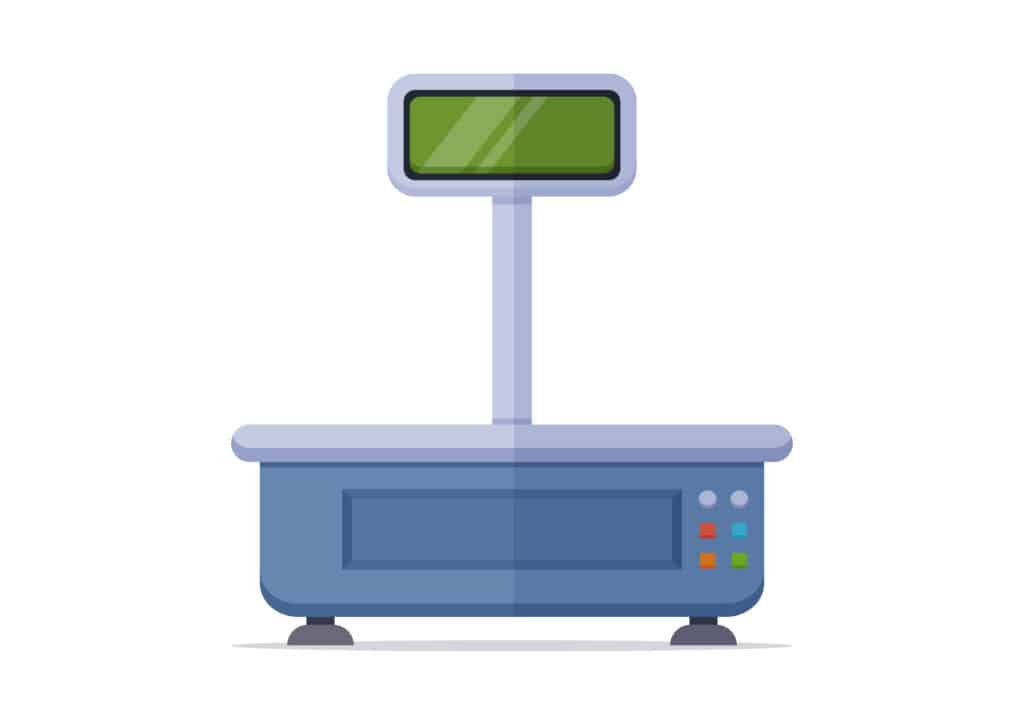
Another advantage that comes with improved hardware is increased reliability and durability. Older POS systems were prone to breakdowns and malfunctions, causing disruptions in business operations. Advancements in hardware technology have created stronger and more dependable devices. These devices can handle heavy use for long periods without any problems. As a result, businesses can now trust that their POS systems will work well all day without any downtime or the need for frequent repairs or replacements.
Moreover, modern hardware also offers enhanced security features that help businesses protect sensitive customer information more effectively. With data breaches becoming increasingly common, safeguarding customer data has become a top priority for every business. Upgraded hardware has better features like encrypted payment processing and built-in security protocols. This makes it harder for hackers to access or steal confidential information. By investing in better hardware, businesses can create a secure environment for customers’ financial transactions. This is important for building trust and loyalty among customers.
Conclusion: The continuous evolution of hardware for POS systems
In conclusion, the evolution of hardware for POS systems has been a constant journey of innovation and improvement. From the introduction of basic cash registers to the integration of touchscreens and wireless connectivity, each iteration has pushed the boundaries of what a point-of-sale system can do.
One key aspect that sets modern POS hardware apart is its ability to be versatile and adaptable. Gone are the days when businesses had to rely on clunky machines that were limited in their functionality. Today’s hardware offers a wide range of options, such as handheld devices, mobile tablets, and even self-service kiosks. This flexibility allows business owners to customize their systems according to their specific needs and provides greater convenience for both staff members and customers.
Furthermore, the continuous advancements in technology have also ensured that security remains a top priority for POS systems. With features like biometric authentication, encryption algorithms, and advanced fraud detection mechanisms, businesses can now operate with peace of mind knowing that their transactions are secure. As cyber threats continue to evolve, so do the measures taken by POS hardware manufacturers to protect sensitive customer data.
In summary, the evolution of hardware for POS systems has revolutionized how businesses operate in today’s fast-paced digital age. The constant pursuit of improved functionality, versatility, and security has resulted in highly sophisticated solutions that enable seamless transactions and enhance overall operational efficiency.



